Sharp and smooth knives are essential for any cooking enthusiast or professional chef. A well-sharpened knife not only enhances the cooking experience but also improves safety in the kitchen.
While various methods are available for sharpening knives, each with its own set of costs, it is essential to evaluate the options and choose the most suitable one. In this article, we will delve into the different options for knife sharpening, explore the associated costs, and analyze the pros and cons of each method.
Costs of Different Knife Sharpening Options
Knife sharpening is an essential aspect of knife maintenance. Over time, knives naturally lose their sharpness due to regular use, and sharpening them helps restore their cutting performance.
However, there is a cost associated with knife sharpening, whether you choose to use professional services or sharpen them yourself. Understanding the options and costs involved can help you make an informed decision.
Local Knife Shop for Professional Sharpening
Local knife shops often provide professional knife sharpening services. These shops have skilled sharpeners who use specialized equipment to restore your knives’ sharpness.
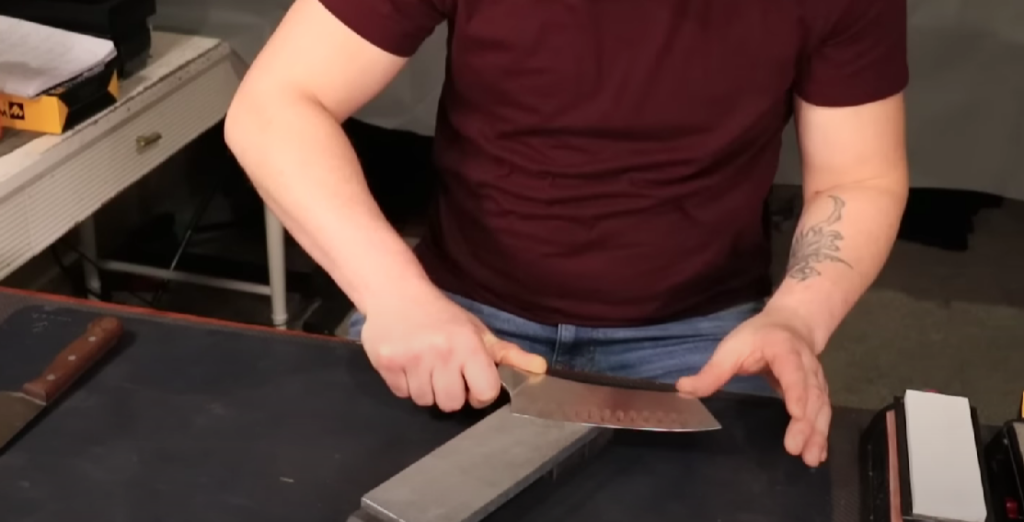
The average cost per inch of the blade for professional local sharpening ranges from $1 to $3. However, additional fees may apply for repair, broken edges, chipped knives, or thinning, depending on the extent of the damage.
Pros:
- Save on shipping costs, as you can drop off and pick up your knives.
- It has a quicker turnaround time, as you don’t have to wait for shipping and processing.
Cons:
- Transportation to and from the sharpening shop may be inconvenient.
- Pay fees may only apply if you pick up your knives within the specified time frame.
Online Sharpening Services
Online sharpening services have gained popularity due to their convenience and accessibility. These services typically involve shipping your knives to the sharpening service, where they are professionally sharpened and returned to you. The costs for online sharpening services are similar to local sharpening, with the average price per inch of blade ranging from $1 to $3.
However, additional shipping costs may apply, usually from $5 to $15, depending on the service provider. Some online services offer discounts for multiple knives sent in a single shipment.

Subscription options are also available, where you pay a monthly or annual fee for a certain number of sharpenings.
Pros:
- No need to commute; knives can be shipped from the comfort of your home.
- It offers a straightforward shipping process with pre-paid labels provided by the service.
- Subscription options are available for regular sharpening needs.
Cons:
- Additional shipping costs should be considered when calculating the overall expense.
- Longer wait time as your knives need to be shipped and returned.
- You may encounter potential mail delivery issues or delays affecting the sharpening process.
- It needs more direct interaction with the sharpener and potential challenges with customer service.
DIY Knife Sharpening Sets
DIY knife sharpening sets provide an alternative for those who prefer to sharpen their knives at home. These sets come in various forms and price ranges, offering different levels of precision and convenience.
Electric Knife Sharpening Kits
Electric knife sharpening kits are popular among home cooks and individuals seeking convenience and simplicity. These kits typically include an electric sharpener with different stages for coarse and fine sharpening.
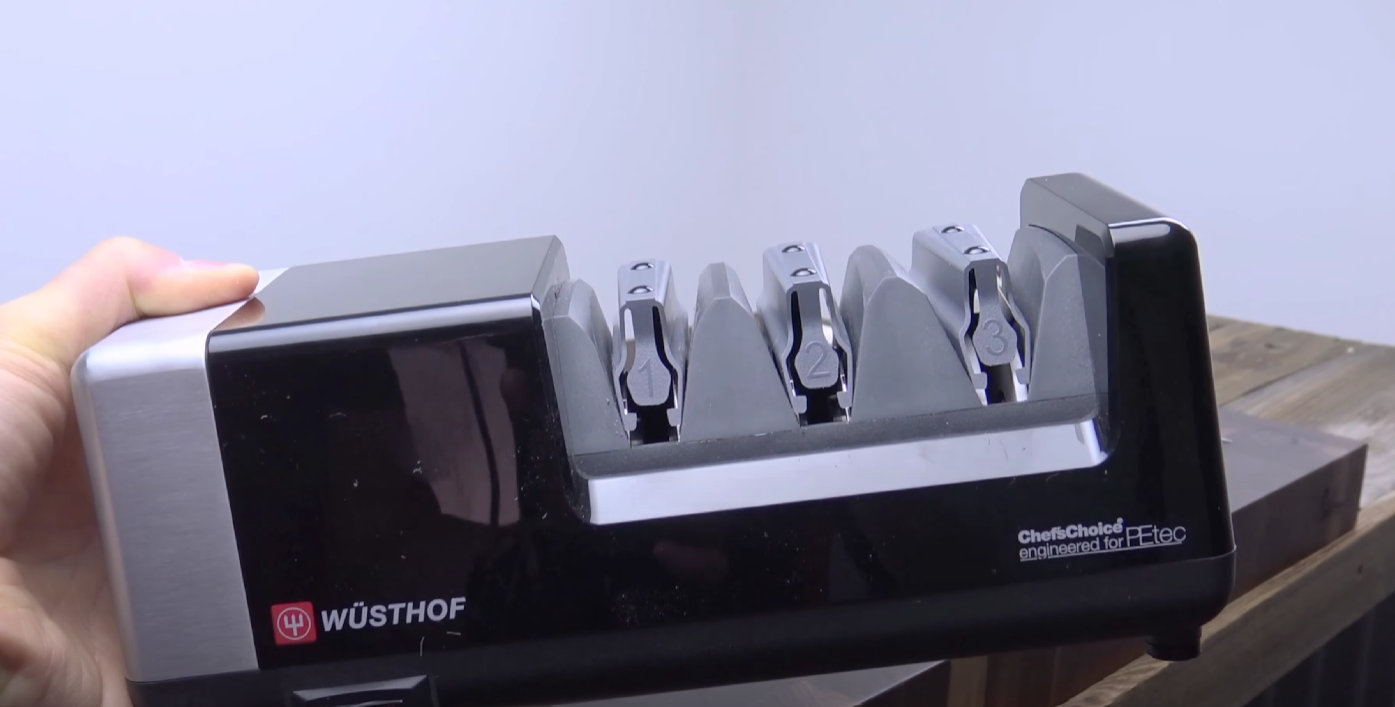
The electric sharpener features rotating abrasive discs or belts that quickly and efficiently sharpen the blade.
One of the main advantages of electric knife sharpening kits is their ease of use. Place the knife in the designated slot or guide, and the machine does the rest.
The built-in guides ensure the knife is held at the correct angle for optimal sharpening results.
The cost of electric sharpening kits can vary depending on the brand, features, and quality. Basic electric sharpeners with limited features can be found in the $30 to $50 range.
Mid-range models, offering additional sharpening stages and adjustable angles, typically range from $50 to $100. Higher-end electric sharpening kits with advanced features and durability can cost over $100.
Stone and Block Sets
Stone and block sets are a traditional knife sharpening method that requires more skill and practice but offers greater control over the sharpening process. These sets typically consist of sharpening stones of different grits, honing rods, and angle guides.
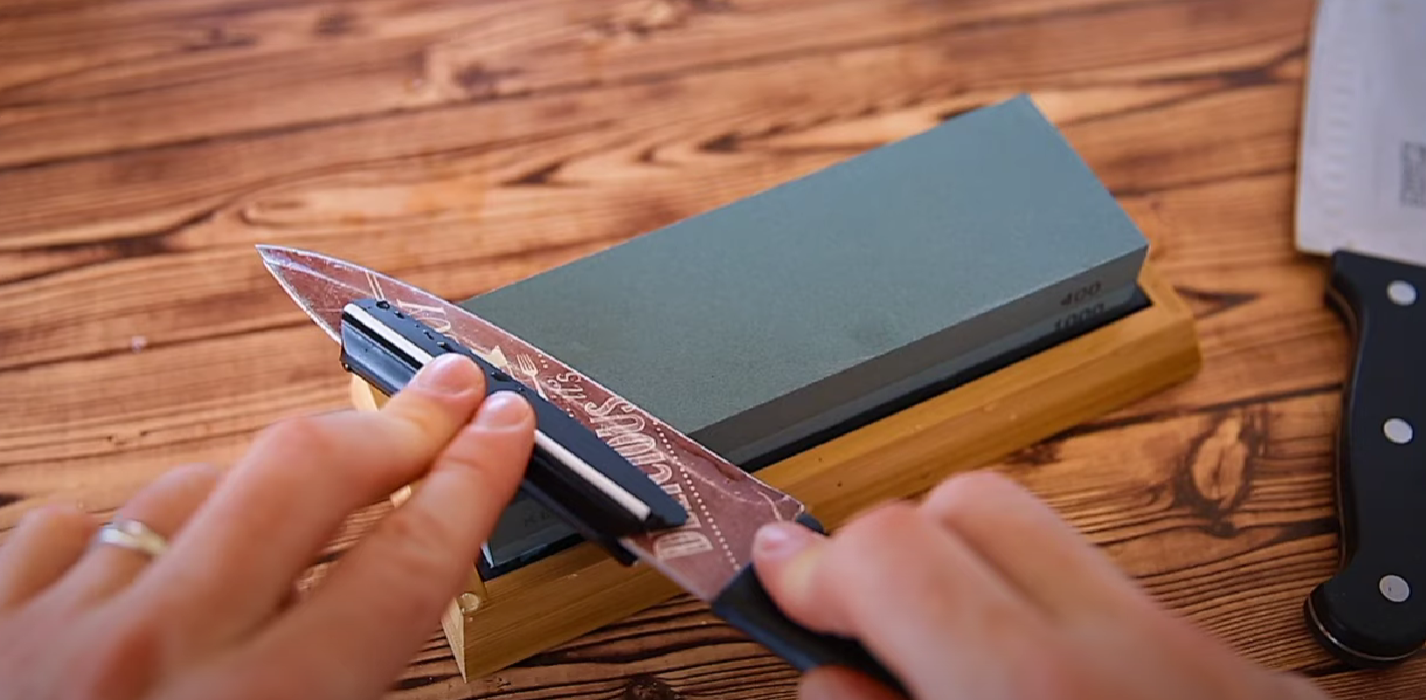
Sharpening stones come in various materials, such as natural or synthetic whetstones, ceramic, or diamond stones.
Each type of stone offers different advantages and requires specific techniques for optimal sharpening results. Whetstones[1] are commonly used and are available in different grits, ranging from coarse to fine.
Using a stone and block set involves wetting the stone and then sliding the knife across the surface at the correct angle to sharpen the blade.
Honing rods refine the blade’s edge and remove any burrs. Angle guides help maintain a consistent angle while sharpening.
The cost of stone and block sets can vary widely depending on the quality and the number of items included. Basic sets with a single sharpening stone and minimal accessories can be found in the $50 to $100 range.
Mid-range sets with multiple stones, honing rods, and angle guides typically cost between $100 and $150. Higher-end sets with additional accessories or premium-quality rocks can range from $150 to $200.
Professional Sharpening Machines
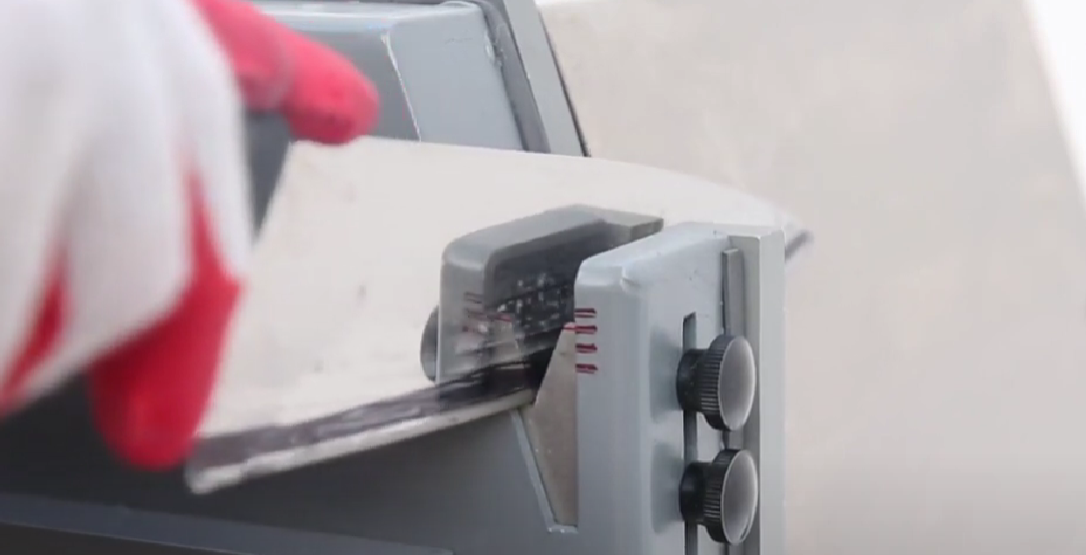
Professional sharpening machines offer high-end options for individuals who are serious about DIY sharpening and seek professional-level results. These machines are often used by knife enthusiasts, professional chefs, or individuals with many knives requiring regular sharpening.
Professional sharpening machines are designed to handle heavy-duty use and provide exceptional sharpening precision.
They have high-quality abrasive belts, grinding wheels, or abrasive discs that can effectively sharpen various blade types and materials.
The cost of professional sharpening machines can vary significantly depending on the brand, features, and construction quality. Entry-level models with essential elements can start at around $200.
Mid-range devices with more advanced features, durable construction, and additional sharpening options can range from $300 to $400. Higher-end professional sharpening machines, often preferred by professional chefs and sharpening enthusiasts, can cost $500 or more.
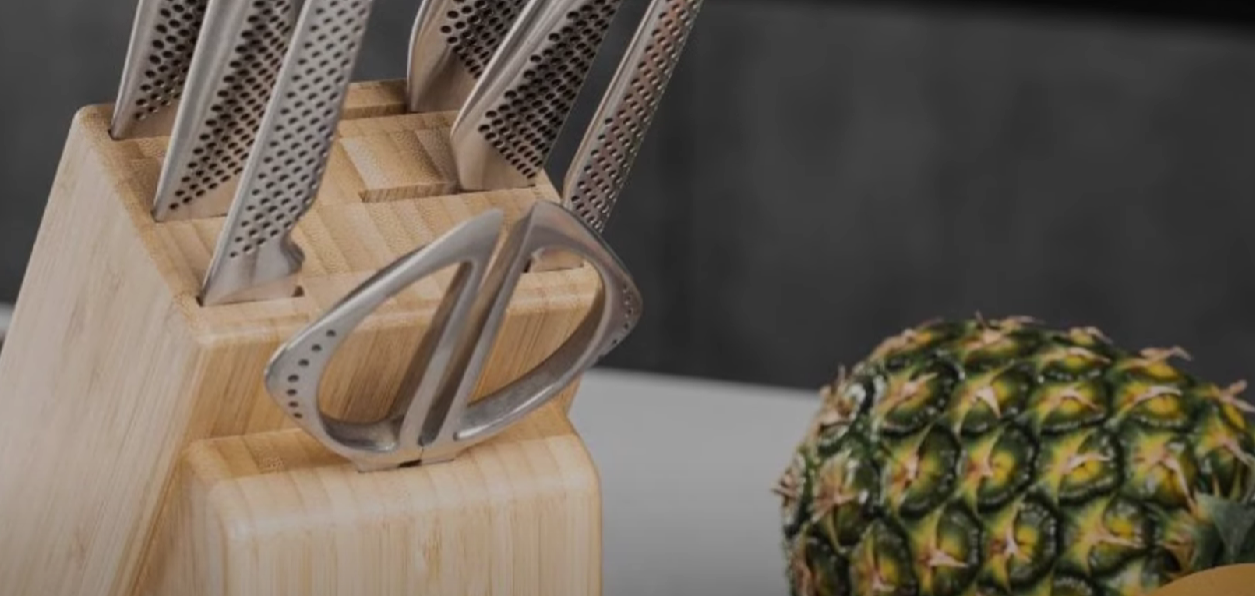
It’s important to note that professional sharpening machines require some skill and knowledge to operate effectively. They may have adjustable settings for different angles and blade types, allowing users to achieve precise sharpening results.
When considering a professional sharpening machine, it’s also essential to factor in the cost of replacement belts, grinding wheels, or abrasive discs, as these consumables must be replaced periodically.
Pros:
- Always accessible at home, allowing you to sharpen your knives whenever needed.
- Control over the sharpening process, ensuring the desired sharpness and angle.
- It has no shipping or servicing fees, resulting in long-term cost savings.
Cons:
- Time-consuming, especially when learning and practicing the proper sharpening techniques.
- Requires some level of skill and technique to achieve consistent results.
- It has no warranty or guarantee on the sharpening results.
- DIY sharpening may be done more frequently to maintain the desired sharpness.
Cost Comparison of Knife Sharpening Methods
| Method | Average Cost per Inch of Blade | Additional Costs |
| Professional Local Sharpening | $1 to $3 | Repair, broken blades, chipped knives, thinning |
| Online Sharpening Services | $1 to $3 | Shipping costs ($5 to $15) |
| Electric Sharpening Kit | $30 to $100 | N/A |
| Stone and Block Set | Varies | N/A |
| Professional Sharpening Machine | $200 to $500+ | N/A |
Factors to Consider in Choosing a Method
When choosing a knife sharpening method, several factors should be considered:
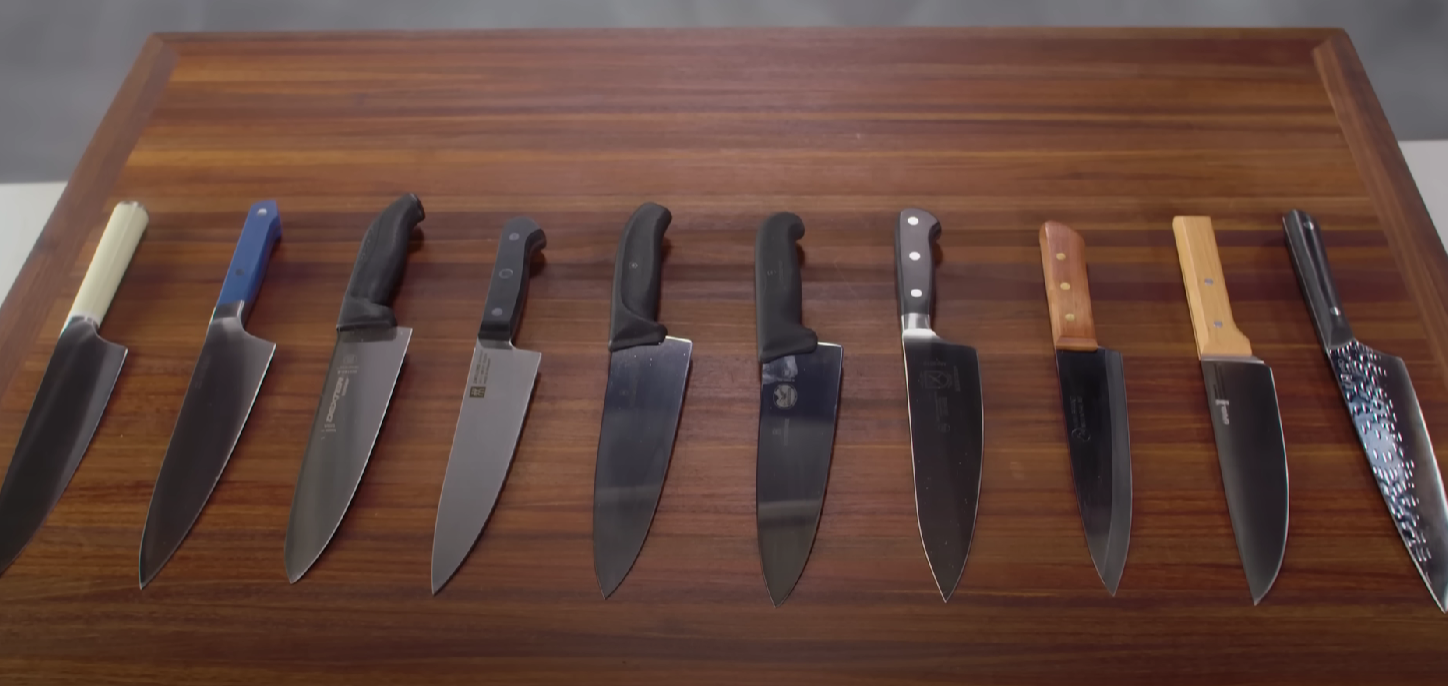
Number of Knives
The number of knives you own determines the most practical and cost-efficient sharpening method. If you have an extensive collection of knives, professional sharpening services may become costly over time.
In such cases, investing in a DIY sharpening set can be a more economical choice. DIY sets often allow you to sharpen multiple knives without incurring additional costs.
Type of Knife Set
Consider the types of knives you own when selecting a sharpening method. Some specialized knives, such as Japanese-style knives with intricate blade profiles or knives with serrated edges, require specific sharpening techniques to preserve their unique characteristics.
In these cases, professional sharpening services may be more suitable as they have the expertise and equipment to handle specialized blades properly.
Budget
Evaluate your budget for knife maintenance and sharpening. Professional sharpening services usually charge per inch of blade length, and the costs can add up, especially for larger knives or multiple knives.
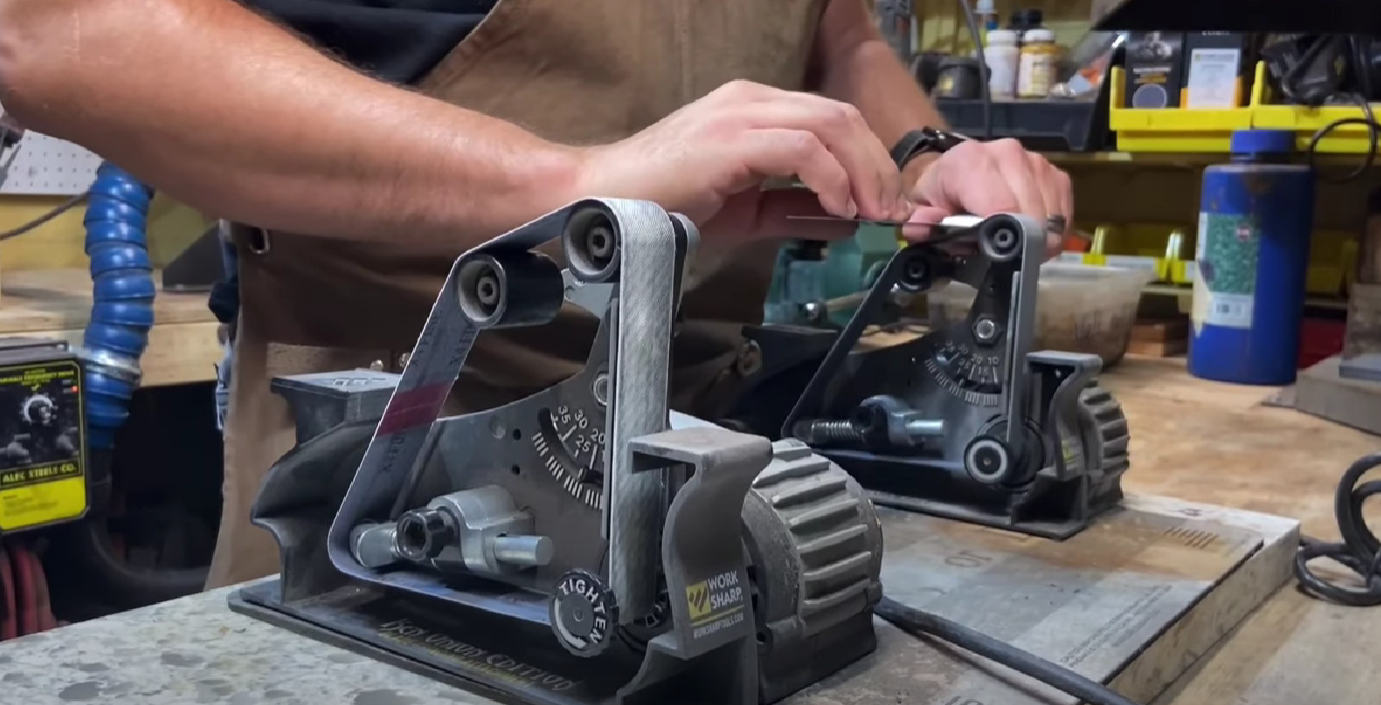
DIY sharpening sets can offer long-term savings if you’re looking for a more cost-effective option. While there is an upfront investment in purchasing the sharpening set, you can sharpen your knives at no additional cost once you have the equipment.
Frequency of Knife Use
Consider how often you use your knives and the frequency they require sharpening. Blades that are heavily used or subjected to demanding tasks may require more frequent sharpening.
A DIY sharpening set can provide convenience and cost savings in such cases. You can sharpen your knives as needed without the hassle of sending them out for professional sharpening or incurring additional service fees.
Personal Preferences
Your preferences and comfort level should also influence your choice of sharpening method. Some individuals prefer the convenience and expertise offered by professional sharpening services.
They appreciate the quick turnaround time and the assurance that their knives are sharpened to a high standard.
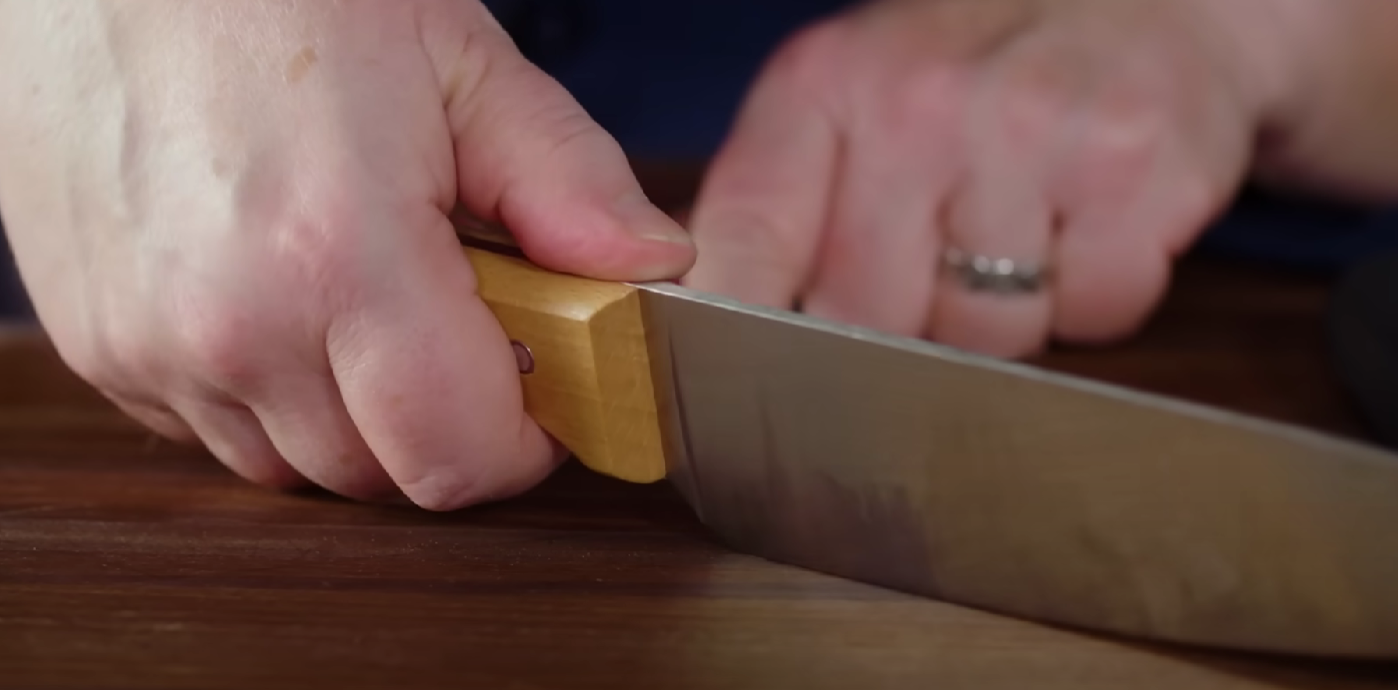
On the other hand, if you enjoy sharpening your knives, take pride in honing your skills, and value control over the sharpening process, a DIY sharpening set can be a rewarding choice. It allows you to engage with your knives, understand their condition, and develop sharpening techniques.
Cost Variations Based on Preferences and Budget
The cost of knife sharpening can vary based on your preferences and budget. Professional local and online sharpening services offer similar costs per inch of blade, while DIY sharpening sets require an upfront investment but eliminate ongoing costs.
Recommendation: Old Stone and Block Method
The old stone and block method of DIY knife sharpening is a cost-effective option for individuals looking to maintain their knives without incurring ongoing servicing fees.
This method involves sharpening stones or blocks with different grits, honing guides, and other accessories.
One of the advantages of the old stone and block method is that it provides complete control over the sharpening process. With this method, you can adjust the angle, pressure, and number of passes to achieve the desired sharpness for your knives.
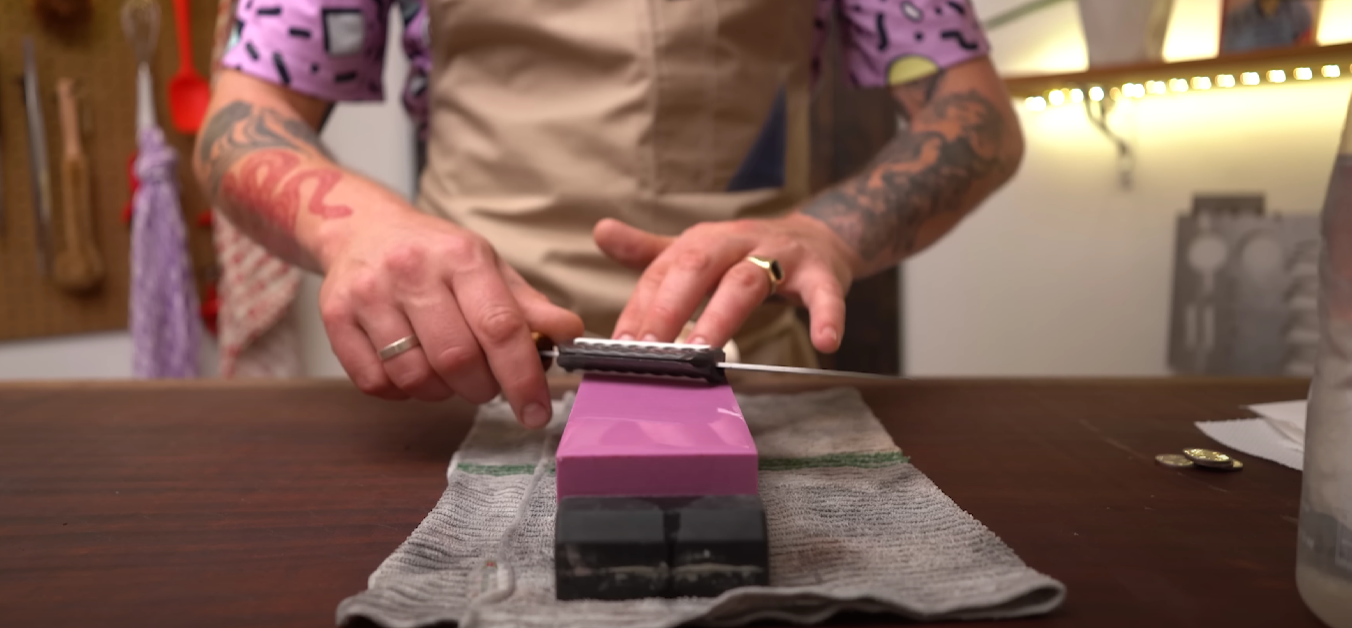
This level of control allows you to customize the sharpening technique based on your preferences and the specific needs of your blades.
Another benefit of the old stone and block method is that it eliminates the need for ongoing servicing fees. Once you invest in a good quality stone and block set, you have all the tools to sharpen your knives at home.
There is no need to rely on external services or incur additional costs for professional sharpening. It can result in significant cost savings over time, especially for those who regularly use and maintain a collection of knives.
However, it’s important to note that the old stone and block DIY sharpening method requires some technique and practice to achieve optimal results.
The proper process involves maintaining a consistent angle, using the appropriate pressure, and following the recommended number of passes on each side of the blade.
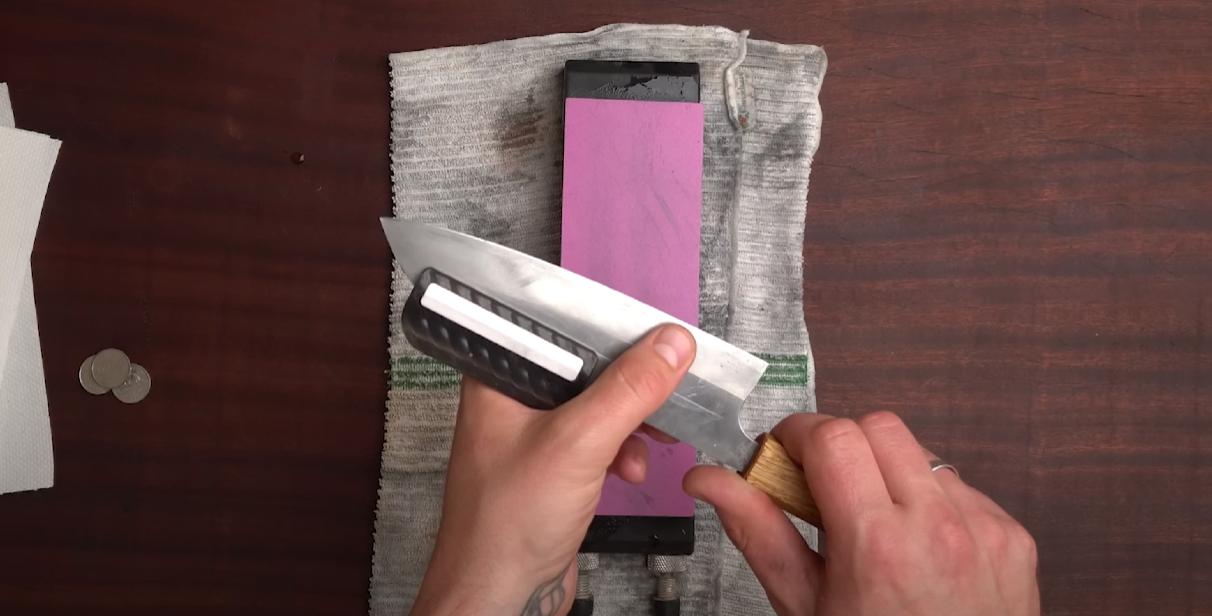
It may take some time and patience to master these skills, but with practice, you can become proficient in sharpening your knives effectively.
Additionally, it’s worth mentioning that DIY sharpening sets typically do not come with warranties.
If mistakes are made during the sharpening process, such as using the wrong angle or applying too much pressure, it can affect the lifespan of your knives. It’s essential to follow instructions carefully and take the time to learn the proper technique to avoid damaging your blades.
With the old stone and block method, one thing to consider is that you may need to sharpen your knives more frequently than with professional services. DIY sharpening is typically done as required, based on the dullness of the blades and your patterns.
It can result in more frequent sharpening sessions, but with the convenience of having the tools readily available at home, it becomes a manageable task.
Conclusion
Regarding knife sharpening, costs can vary based on your preferences, budget, and the number of knives you need to sharpen. If cost-effectiveness is a priority, a DIY sharpening set can provide a long-term solution without incurring additional servicing fees or shipping costs. Stone and block sets are a popular choice for their versatility and affordability.
While professional sharpening services offer convenience and expertise, they may be more suitable for individuals with specific knife types or those who prefer to leave the sharpening to professionals. Online sharpening services can be viable, but additional shipping costs and longer wait times should be considered.

